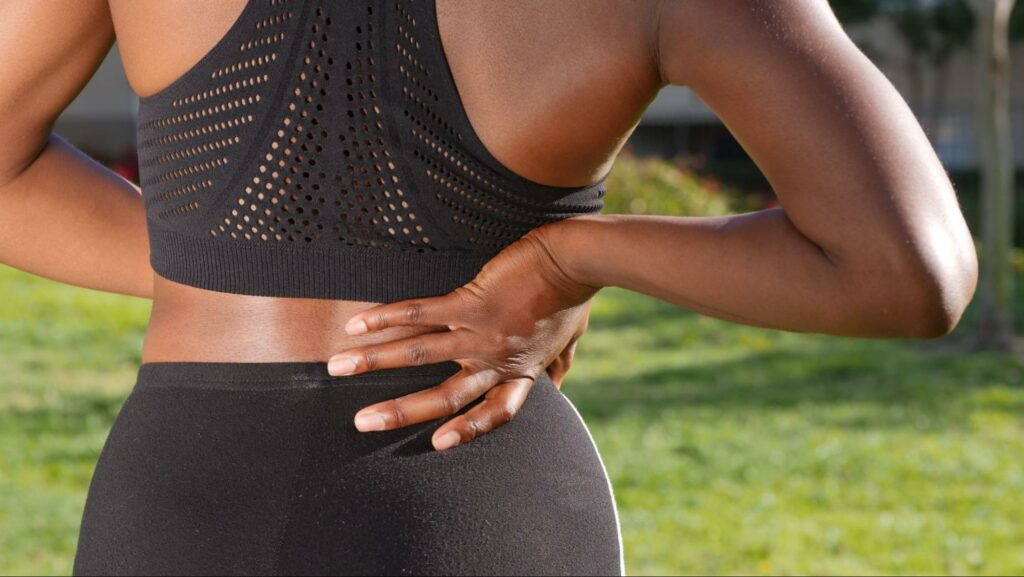We all have some technology, and its impact on our societies and lifestyles is undeniable. Sure, technology makes it easier to be sedentary. But it also makes it easier to be healthy. One way it drives positive health habits is through the use of wearable tech. You might already be using it in some way. Let’s take a closer look at these types of devices and how they can impact your health.
Table of Contents
2. Different Types of Wearable Tech
3. 6 Ways Wearable Tech Can Boost Your Health
4. Potential Drawbacks of Wearable Tech
5. Your Healthcare Provider, Wearable Tech, and You
What Is Wearable Tech?
Wearable technology includes any type of device that you wear to track certain health metrics. The most common example is a smartwatch, but wearable tech can range from simple pedometers to complex devices packed with features and trackers. Some wearable devices are commercial products anyone can buy and use. Others are more specific to certain medical conditions and may be recommended by your doctor.
Different Types of Wearable Tech
There are many types of wearable tech, each one serving different purposes for your health. Take a look at these top options.
Smartwatches
Smartwatches may be the most common type of wearable tech today, and they’re also the most multi-functional. The Apple Watch, Samsung Galaxy Watch, and Garmin smartwatches are a few examples. Each smartwatch has its own lineup of features, but they often include:
- Activity tracking
- Sleep tracking
- Heart rate monitoring
- Blood oxygen monitoring
- Even ECGs to monitor heart rhythm
Smartwatches often also have features that aren’t health-related, like calling and texting, a calculator, weather trackers, and so on. With so many features, smartwatches are among the most expensive types of wearable tech.
Activity Trackers
An activity tracker device is all about monitoring and recording your exercise. These devices often track metrics like distance, speed, steps, stairs climbed, and heart rate. Many of these devices let you set activity goals so they can track your progress toward them.
Pedometers
A pedometer is a device that exclusively tracks your number of steps. For example, if you follow the long-standing recommendation to take 10,000 steps each day, a pedometer keeps a tally of those steps.
Heart Rate Monitors
While some wearable devices have built-in heart rate monitors, there are standalone heart rate monitors, too. Some of these measure your heart rate on your wrist, while others include chest straps for a more accurate measurement. These devices are helpful for monitoring your resting heart rate, which is a useful health metric. They’re also handy for measuring the intensity and cardiovascular impact of your workouts.
Sleep Trackers
A wearable sleep tracker measures multiple metrics associated with your sleep: sleep time, sleep depth, sleep cycle, sleeping heart rate, and so on. Whether or not you suffer from sleep disorders, this data can give you insight into your sleep patterns and how you can improve your rest.
Nutrition Trackers
Most people are familiar with manual nutrition trackers, but there are wearable options, too. There are even tooth implants that track certain nutrients in everything you eat and drink. Each of these devices works in its own way. However, they all track nutrients and calories more accurately than manual journaling.
Medical Alert Devices
A medical alert device is a wearable product that allows you to get help if you fall. Some of these devices have a button you can press to alert emergency services if you can’t get to a phone. Others feature more advanced technology that can actually detect a fall and call on your behalf.
Mental Health Devices
Mental health symptoms aren’t just in your mind; they cause certain effects in your body too. There are mental health wearables that use those biological responses to track symptoms of anxiety, depression, or other conditions. These devices can alert you if a symptom appears and help you find relief. They can also track your symptoms’ severity and frequency so you can share them with your care provider.
6 Ways Devices Can Boost Your Health
Wearable technology can be a fantastic asset to your health if you use it as intended. Consider these six top benefits of wearable tech for your health.
1. Fostering Healthy Habits


Wearables that track your health habits like activity, sleep, and nutrition can be an excellent way to hold yourself accountable. When you know there’s a record of your choices, you’re more likely to make positive ones. You also get a sense of pride and accomplishment when you see those healthy choices with your own eyes.
2. Identifying Warnings Signs with Wearable Tech
Many types of wearable tech are designed to not only collect data but also analyze it. They can detect signs of a potential problem, like a high or low heart rate, a blood sugar imbalance, or an irregular heart rhythm. Those alerts can be life-saving by allowing you to get treatment before the problem becomes an emergency.
3. Contributing to Healthier Sleep
Productive sleep is vital for your health. One of the challenges, though, is that people often don’t realize their sleep quality is poor. The only information you have is how tired or rested you feel in the morning, and there are many reasons you might not feel rested. A sleep tracker can tell you if there’s an issue with your sleep quality and what that issue may be so you can address it.
4. Giving Healthcare Providers Accurate Information
Doctors and other healthcare providers treat their patients the best they can based on the information they have. The more information they have, the more prompt and accurate their diagnosis and treatment plan can be.
Some wearables allow you to send data directly to your provider. Even without that feature, you can show your doctor the data during your visit. For example, perhaps you’ve been getting out of breath. Some types of wearable tech can show your doctor your breathing rate during sleep, exercise, and rest. Alternatively, your device can show your provider your history of regular cardio exercise so they know the issue isn’t coming from simply being out of shape.
5. Enhancing Safety with Wearable Tech
Many wearable devices have trackers that detect your location, and you can share this with a loved one. This feature, as well as fall detection and other potential features, can help you stay safe while you’re at home and away. They can alert loved ones if there might be a problem, like a long period of inactivity, and help emergency services know where to find you if you’re injured.
6. Fostering Better Mental Health
A wearable device can give you better control over your mental health. Many devices can guide you in meditation or mindfulness or give you reminders to follow your mental health habits. You can even enjoy the mental health benefits of the dopamine boost you get from seeing your fantastic activity tracking.
Potential Drawbacks of Wearable Tech
As beneficial as wearable tech can be for your health, nothing is perfect. There are potential downsides and hurdles to consider before you buy a wearable health device.
False Notifications
Many wearables monitor health metrics in the background and have alerts set up to notify you if they detect a potential problem. This is a fantastic way to find out about treatable conditions that may have symptoms you didn’t notice. Of course, there’s always a risk of a false alarm.
If you get a concerning notification from your wearable, you’re likely to spend time and potentially money going to your doctor and getting tests to look for a problem. If everything comes back clear, it can be understandably frustrating that all of the inconvenience was unnecessary. Still, it’s always better to get an unneeded test than to have a serious health condition that you don’t know about until it’s too late.
The Cost of Wearable Tech
While wearable devices like smartwatches and pedometers do benefit your health, they are consumer products you pay for out-of-pocket. Some of these devices can be very expensive, costing hundreds of dollars or more, especially if they perform many functions. Some devices are much more cost-effective, though. A simple pedometer, for example, can cost as little as $10 or less.


Your Healthcare Provider, Wearable Tech, and You
Wearable tech isn’t a magic cure-all for your health, but it can be a convenient and effective tool to help you identify problems and risk factors early and maintain positive health habits. The real magic happens when you have the winning combination: a trusted and knowledgeable healthcare provider, health tracking tools, and your own commitment to improving your health.
SRx Health has the expertise to be a valuable part of your health team. Connect with our pharmacy services to learn more and start empowering your health.




